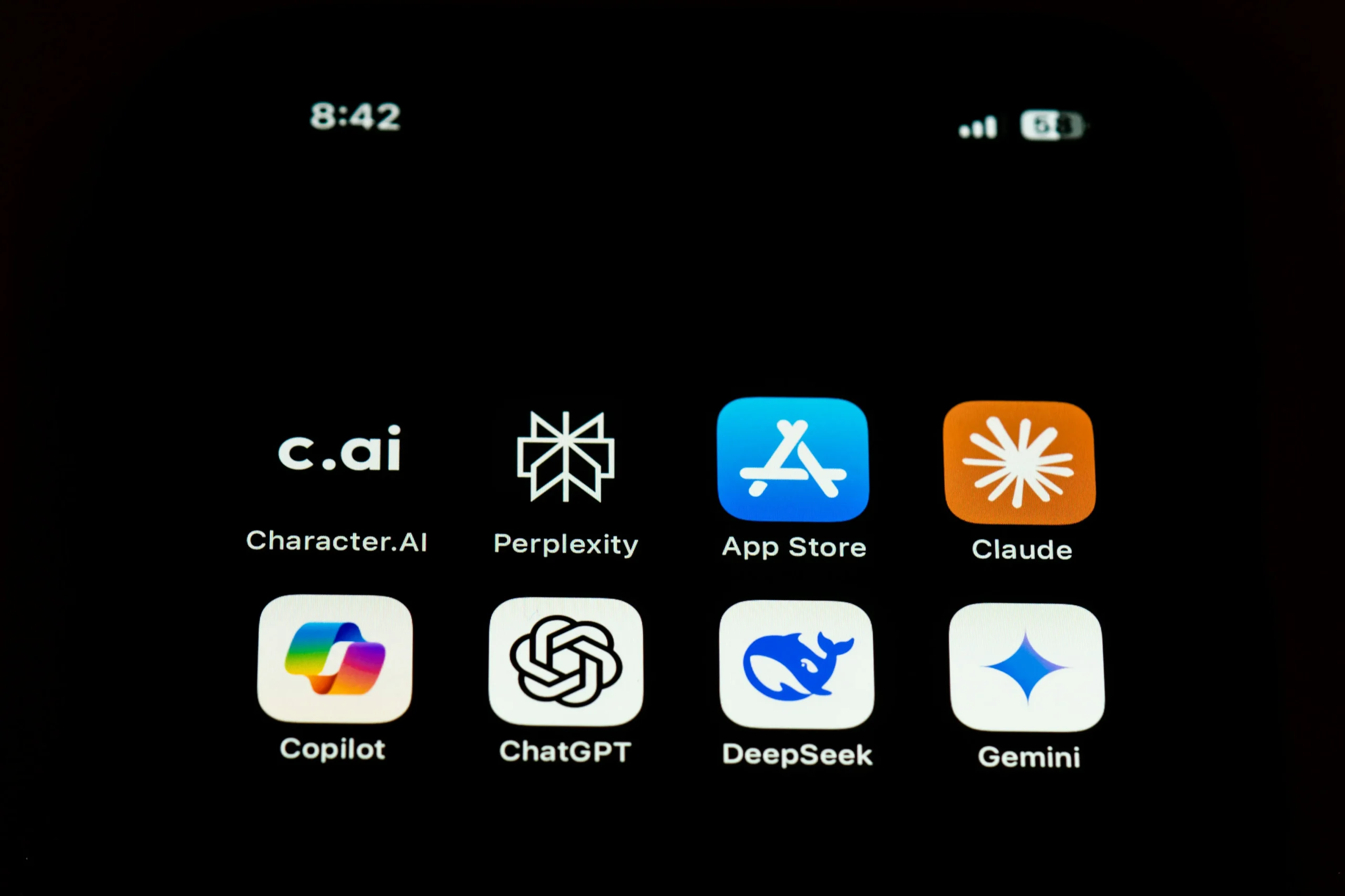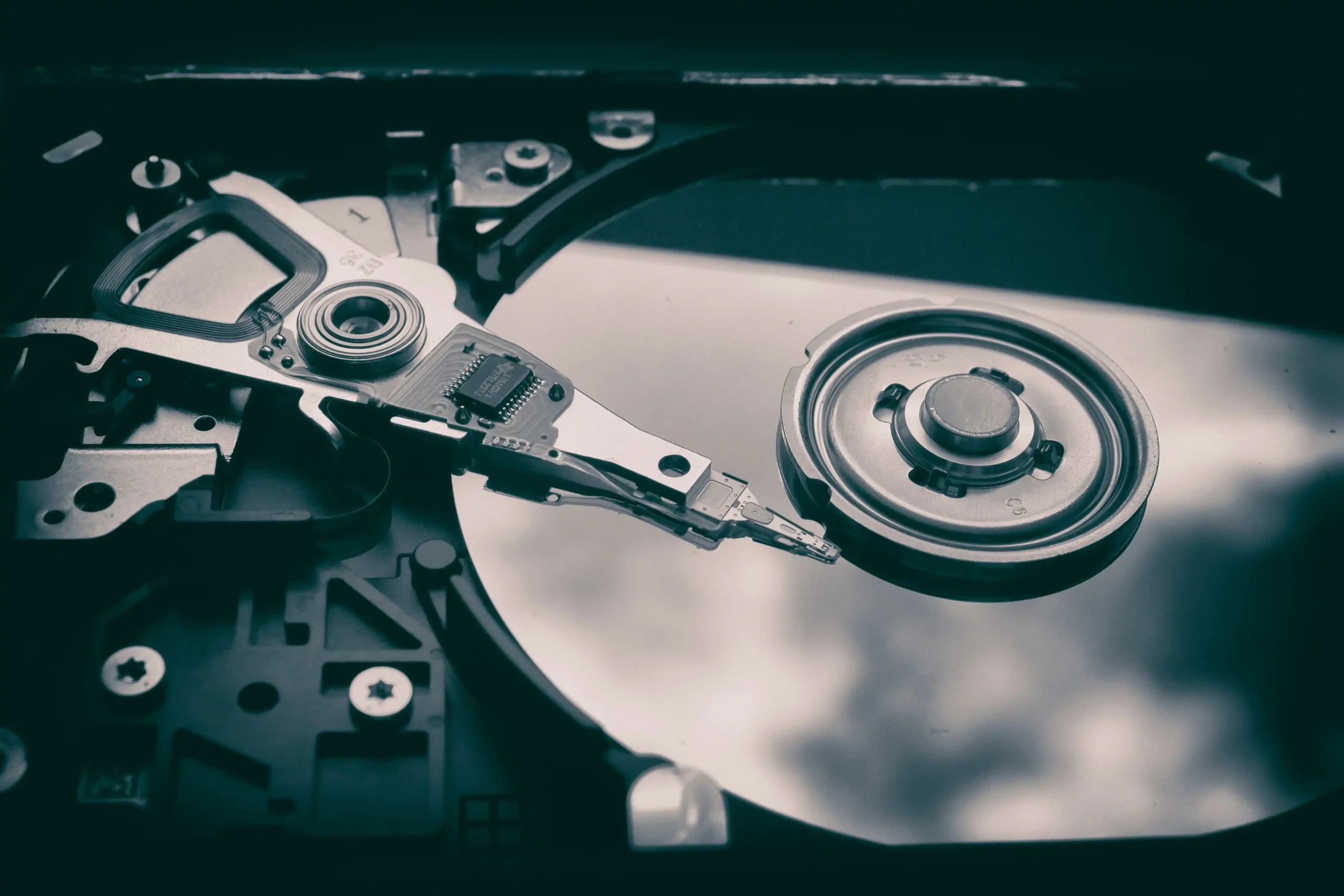How to Improve Battery Life on Android Devices Effectively: A 2025 Power User’s Playbook
Ever found yourself scrambling for a charger by noon? You’re not alone. As of March 2025, the average Android user experiences a 22% faster battery drain compared to 2023, driven by 5G demands, AI-powered apps, and brighter, faster screens. For entrepreneurs and innovators, a dead battery isn’t just inconvenient—it’s lost revenue. But here’s the good news: learning how to improve battery life on Android devices effectively is simpler than you . This guide unpacks 2025’s most advanced strategies, from adaptive AI settings to hardware hacks, so you can stay powered through back-to-back Zooms, data crunches, and late-night灵感 sessions. Ready to ditch the charger anxiety? Let’s dive in.
How to Improve Battery Life on Android Devices Effectively: Screen & Adaptive Settings
1. Tame Your Screen’s Appetite
Your display guzzles up to 40% of your battery. In 2025, Android’s Adaptive Brightness Pro uses ambient light sensors and usage patterns to optimize brightness without manual tweaks. Enable it, then drop default brightness by 20%—your eyes will adjust. For OLED screens, dark mode slashes power use by up to 30%, especially with apps like WhatsApp and Gmail.
2. Refresh Rate Realities
120Hz screens feel buttery, but they’re battery hogs. Use Settings > Display > Refresh Rate to cap it at 60Hz for emails or 90Hz for mixed use. Newer Samsung and Pixel devices offer LTPO 3.0 panels that dynamically shift from 1Hz to 120Hz—activate this in developer options.
3. Timeout Smarter, Not Sooner
Shortening screen timeout to 30 seconds saves power, but constant unlocks add friction. Instead, use Google’s Face Unlock + Lift to Wake for instant access. Pair with a 1-minute timeout for balance.
4. Always-On Display Tweaks
Love glancing at the time? Limit Always-On Display (AOD) to 10-second intervals or schedule it during work hours only. OnePlus’ 2025 Canvas AOD uses 50% less power by rendering minimalist art.
How to Improve Battery Life on Android Devices Effectively: Slay Background Drain
1. Restrict Rogue Apps
Apps like Facebook and TikTok run stealth background processes. Head to Settings > Battery > Background Usage and restrict non-essentials. Better yet, use Android’s Auto-Revoke Permissions for apps unused in 30 days.
2. Location & Bluetooth Discipline
Turn off location tracking for apps that don’t need it (looking at you, Solitaire). For Bluetooth, enable Quick Device Switching but disable “Scanning” in developer options. Use Battery Saver mode to auto-disable these when below 40%.
3. Update Intelligently
Background updates drain juice. Limit app updates to Wi-Fi only via Play Store settings, and schedule OS updates overnight. Android 15’s Quantum Update Manager batches downloads to reduce wake-ups.
4. The Nuclear Option: Deep Hibernation
For stubborn apps, tools like Greenify 2025 force-stop processes and freeze apps until opened. Root users can tweak CPU governors for per-app power limits.
How to Improve Battery Life on Android Devices Effectively: Hardware & Charging Hacks
1. Battery Health First
Lithium-ion batteries degrade fastest when drained to 0%. Keep levels between 20-80% using AccuBattery’s charge alarms. Replace batteries at 80% health (check via Diagnostic apps).

2. Ditch Wireless Charging?
While convenient, wireless charging generates 30% more heat, accelerating wear. Reserve it for top-ups and use wired 25W PD chargers for full cycles. Avoid charging overnight—Android 15’s Adaptive Charging finishes by your alarm time.
3. Cool It Down
Heat is the enemy. Remove thick cases while charging, and avoid gaming during charges. Xiaomi’s 2025 LiquidCool Pad attachment lowers temps by 12°C during heavy use.
4. Peripheral Power Drains
Connected smartwatches, earbuds, or LTE tablets siphon battery. Disable unused devices in Bluetooth settings, and switch tablets to Wi-Fi-only mode when possible.
How to Improve Battery Life on Android Devices Effectively: Android’s Built-In Arsenal
1. Adaptive Battery 3.0
Android 15’s AI now predicts your app usage 24 hours ahead, starving background apps you’ll ignore. Enable it in Battery settings and train it by closing unused apps daily.
2. Extreme Battery Saver Reborn
This mode now lets you whitelist 5 critical apps (Slack, Maps) while disabling others. Combined with a 60Hz cap and dark mode, it adds 4+ hours for emergencies.
3. Battery Usage Insights
Dive into Settings > Battery > Usage since full charge to spot drainers. Tap any app for detailed stats—like how much Instagram used mobile data versus Wi-Fi.
5. Optimize Built-In Android Battery Features
Android’s native tools are often underutilized. Enable Adaptive Battery (Settings > Battery > Adaptive Preferences) to let AI prioritize apps you use frequently, while restricting background activity for others. For urgent power savings, activate Battery Saver mode, which limits syncing, location access, and animations. Android 14+ devices take this further with App Restrictions, allowing manual control over which apps can run in the background indefinitely. For example, restricting social media apps like Instagram or Facebook from refreshing constantly can save 10-15% daily drain. How to Improve Battery Life on Android Devices Effectively starts with mastering these built-in settings before relying on external fixes.
6. Tame Screen-Related Drain
The display consumes up to 60% of battery life. Lower brightness to 30-50% in most environments, and enable auto-brightness to prevent overillumination. Switch to a dark theme or AMOLED-friendly wallpapers if your device has an OLED screen—black pixels are fully turned off, reducing power usage. Reduce the screen timeout to 30 seconds and avoid Always-On Display features unless necessary. For streaming or reading, consider apps like YouTube Vanced or Pocket that support true black backgrounds. These adjustments, combined with avoiding unnecessary live wallpapers or widgets, form a core strategy for How to Improve Battery Life on Android Devices Effectively.
7. Audit Connectivity and Location Services
Background Wi-Fi scanning and Bluetooth LE (Low Energy) constantly ping networks, even when disconnected. Disable Wi-Fi Scanning (Settings > Location > App Permissions > Wi-Fi Scanning) and toggle Bluetooth off when not using accessories. For GPS, switch apps like Google Maps to Battery-Saving Mode, which uses cellular/Wi-Fi triangulation instead of high-accuracy satellite data. If you’re in an area with weak cellular signals, enable Airplane Mode temporarily to prevent your phone from exhausting power searching for networks. Tools like Tasker or IFTTT can automate these toggles based on time or location, streamlining How to Improve Battery Life on Android Devices Effectively without daily manual intervention.
8. Monitor and Maintain Battery Health
Lithium-ion batteries degrade faster when consistently charged to 100%. Use features like Samsung’s Protect Battery (limits charge to 85%) or AccuBattery’s alerts to avoid overcharging. Avoid wireless charging for prolonged periods, as heat buildup accelerates wear. Calibrate your battery monthly by draining it to 0%, then charging uninterrupted to 100%. If your device is 2+ years old, consider a professional battery replacement—degraded cells can’t hold charges effectively, undermining other optimizations. How to Improve Battery Life on Android Devices Effectively isn’t just about software tweaks; it’s also about respecting the hardware’s physical limitations.
How to Improve Battery Life on Android Devices Effectively: 2025’s Game-Changing Trends
1. Solid-State Batteries Arrive
Samsung’s Galaxy S25 Ultra reportedly uses a solid-state battery with 30% more capacity and 5x faster charging. While pricey now, this tech will trickle down to mid-range devices by late 2026.
2. AI-Powered Dynamic Optimization
Google’s Tensor G4 chip uses on-device AI to adjust CPU/GPU voltages per app. Instagram might run at 1.2GHz, while YouTube uses 2.4GHz—all while balancing smoothness and efficiency.
3. Solar Charging Cases
Energysquare’s 2025 PowerCase adds 8 hours of battery via 24% efficiency solar panels. Perfect for outdoor gig workers.
4. The Rise of Battery Health Marketplaces
Apps like BatX now let you sell your phone’s “battery health score” to pre-owned buyers. Keeping your battery at 90%+ health could net $50+ resale value.
Mastering how to improve battery life on Android devices effectively isn’t about one magic fix—it’s a blend of smart software tweaks, disciplined charging habits, and leveraging 2025’s AI-driven tools. Start with screen optimizations and background restrictions, then adopt adaptive charging to preserve longevity. Keep an eye on solid-state batteries and solar tech; they’ll redefine mobility in the coming years. Your Android isn’t just a tool—it’s your lifeline. Treat its battery right, and you’ll never miss a beat (or a deadline). Ready to reclaim your day? Charge ahead, and share your #BatteryWin stories with us!
